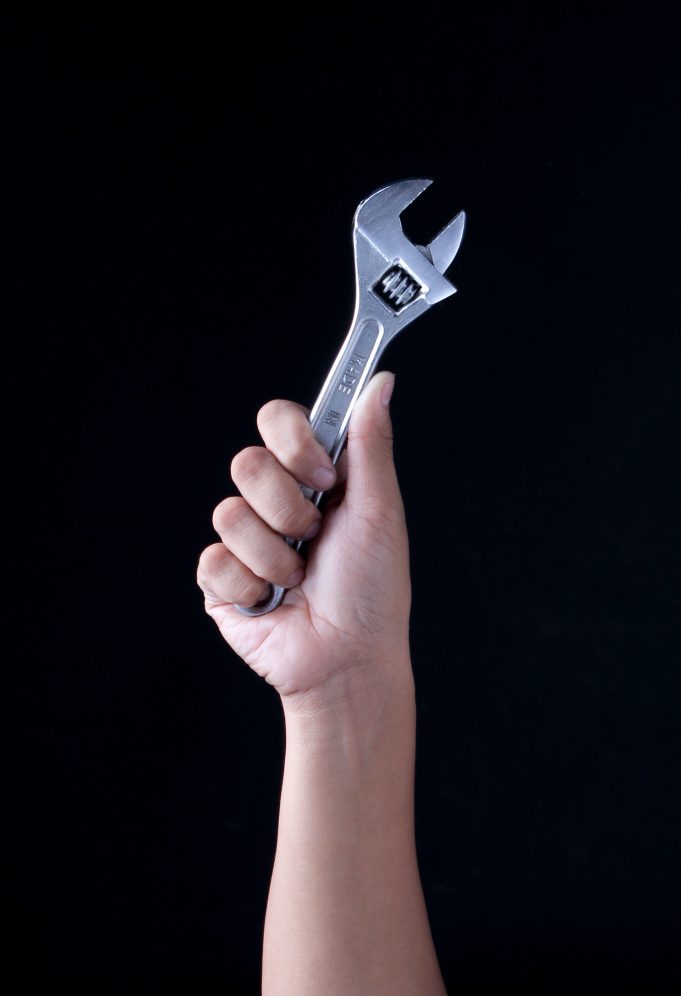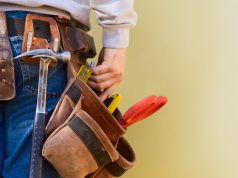In the contemporary world of buy-and-toss consumerism, it’s easy to succumb to the charm of the brand-new when our household appliances show the slightest signs of wear and tear. But what if we took a step back and viewed this from the perspective of long-term value, sustainability, and the essence of reliability? It’s time to examine the holistic benefits of opting for repairs over the allure of immediate replacements.
Economical in the Long Run
At first glance, procuring a new appliance when the old one falters might seem like a straightforward solution. The glitz of new features, modern design, and the promise of improved functionality are undeniably tempting. However, a deeper financial analysis often paints a different picture. When dissected, many malfunctions or inefficiencies in appliances boil down to minor issues that can be rectified at a fraction of the cost of purchasing new ones. Let’s consider this: you’ve invested a significant sum in your current appliance. By opting for a repair, you’re essentially maximizing the return on that initial investment. Instead of discarding an item that still has potential years of functionality left, you’re ensuring that your money works harder and goes further. Over several years, this approach can translate into substantial savings, freeing up funds for other essential expenditures or indulgences.
Environmentally Conscious Decision
As the global conversation shifts towards sustainability, our individual choices, no matter how minute, play a pivotal role in the larger narrative. Each appliance we possess, from its inception in a factory to its final resting place, leaves an indelible mark on our environment. The extraction of raw materials, energy-intensive manufacturing processes, transportation emissions, and the eventual waste generated when discarded — all culminate in a hefty environmental toll. When you choose to repair instead of replace, you’re not only prolonging the life of a product but also actively diminishing the demand for new items. This ripple effect means fewer appliances in landfills, a reduction in manufacturing emissions, and a consequential decrease in resource exploitation. In essence, repairs become more than just a personal financial decision; they symbolize a commitment to a greener and more sustainable future.
Preserving Quality and Reliability
Cast your mind back to the household items that have been with you for years, possibly decades. They’ve witnessed milestones, endured daily rigors, and consistently delivered. There’s a burgeoning sentiment that many older appliances were engineered with an emphasis on durability, designed to weather the test of time. This inherent reliability is something you’ve grown accustomed to, and there’s no guarantee that a newer model will offer the same steadfastness. By repairing, you’re not just fixing a malfunction; you’re preserving a legacy of reliability. Instead of navigating the unpredictability of a new item, which may or may not align with your expectations, you’re placing faith in a tried-and-tested stalwart that has consistently proven its worth.
Avoiding the New Appliance Learning Curve
As technology progresses, appliances often become festooned with a myriad of features, buttons, and functions – many of which can be overwhelming for the average user. When you purchase a new product, there’s an implicit commitment to learning its nuances, mastering its intricacies, and acclimating to its user interface. This learning curve, albeit often underestimated, can be time-consuming and frustrating, especially when all you desire is the basic functionality you are accustomed to. On the contrary, by repairing your existing appliance, you retain the comfort of familiarity. There’s an innate efficiency in sticking with what you know; routines remain unhindered, operations stay streamlined, and the overall user experience remains predictably pleasant. Furthermore, older models of appliances were sometimes crafted with simplicity as a hallmark, ensuring ease of use and straightforwardness. By choosing to repair, you’re essentially preserving this ease, ensuring that your daily tasks remain uncomplicated and efficient. Beyond mere nostalgia, there’s an inherent value in understanding and mastering the tools you use daily, and repairs enable the perpetuation of this symbiotic relationship.
Supporting Local Businesses and Skilled Workers
In an era increasingly dominated by conglomerates and multinational giants, choosing to repair is often a vote of confidence in local businesses and skilled technicians. Appliance repair typically involves reaching out to neighborhood repair shops or local technicians – individuals who’ve honed their craft over the years and whose livelihoods are intertwined with the communities they serve. By opting for repairs, you’re not only ensuring your appliance gets expert attention but also contributing to the local economy. This choice keeps money within the community, promotes the growth of local enterprises, and supports the livelihoods of skilled workers who might otherwise be overshadowed by the behemoth of mass production. Additionally, in a time when many traditional skills are at risk of becoming obsolete due to rapid technological advancements, your choice to repair reinforces the importance and relevance of these trades, ensuring they continue to thrive and pass down through generations.
Mitigating the Hidden Costs of Replacement
While the price tag on a new appliance provides a clear number, the true cost of replacement often extends beyond this initial expenditure. Consider the ancillary expenses: delivery fees, installation charges, and the potential modifications required to accommodate the new item. There’s also the cost, both financial and environmental, associated with disposing of the old appliance. Some areas might levy charges for large-item disposal or require specialized services to ensure environmentally friendly disposal. Moreover, newer appliances, especially those packed with advanced features, might demand more energy or specific maintenance routines, subtly increasing your monthly bills. Then there’s the potential disruption: taking time off work for deliveries, reorganizing spaces, or even dealing with initial teething problems typical of new products. When aggregated, these hidden costs can be significant, making the initial price of the appliance just the tip of the financial iceberg. Repairing, in contrast, typically involves a transparent fee structure, minimal disruption, and the assurance of continued efficiency – making it an often-underestimated yet prudent choice.
Having elucidated the myriad reasons why repairing stands as a robust alternative to replacement, it becomes evident that our choices, both as consumers and global citizens, are profound. By opting to repair, we not only champion personal prudence and sustainability but also advocate for a broader ethos of longevity, community support, and holistic value. In the dance between the old and the new, sometimes, the rhythms of the familiar play the most resonant tune.














